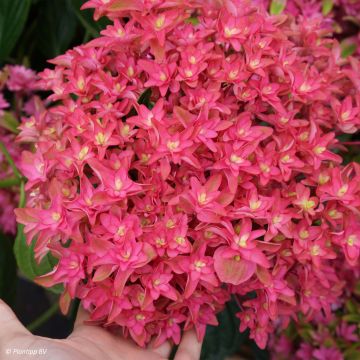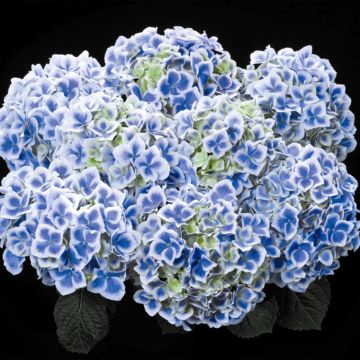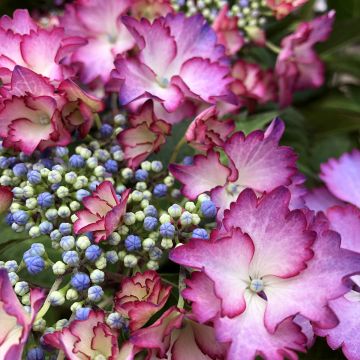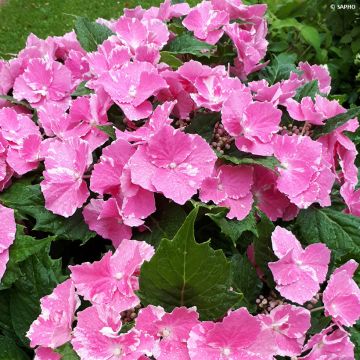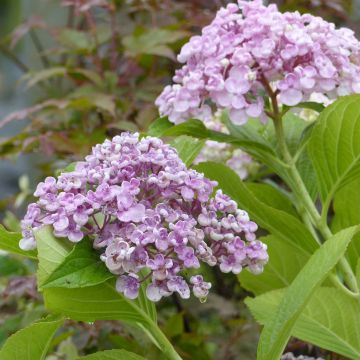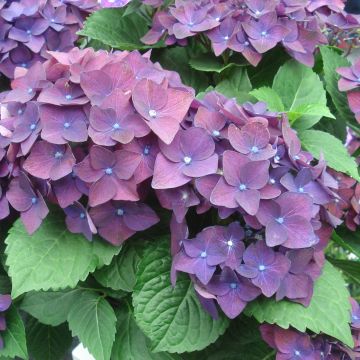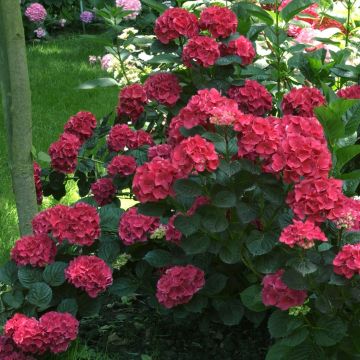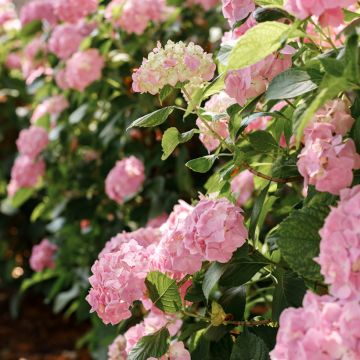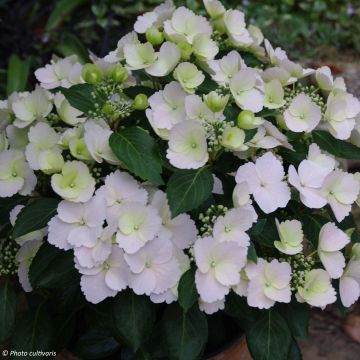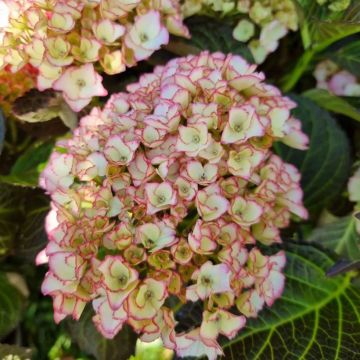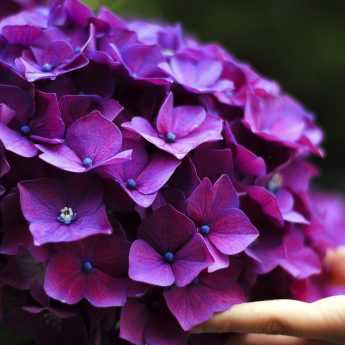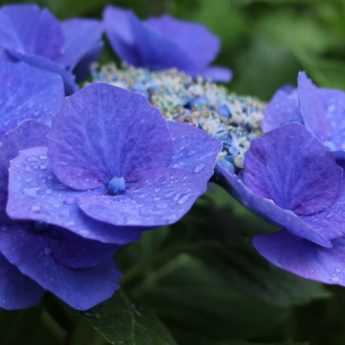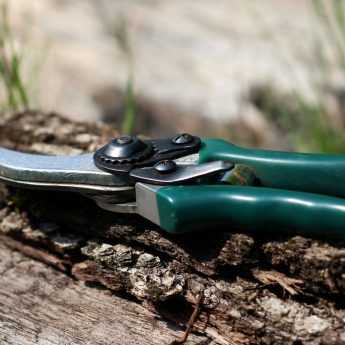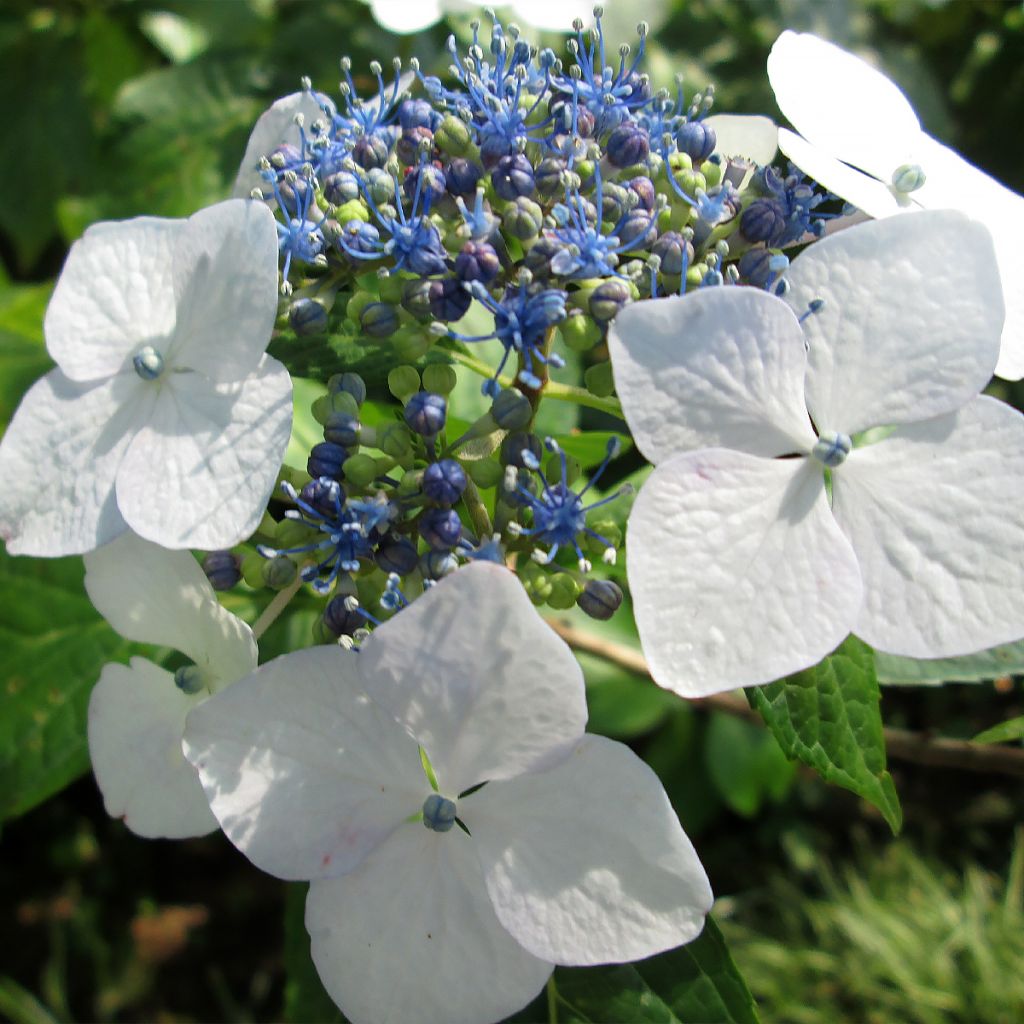

Hydrangea macrophylla White Wave
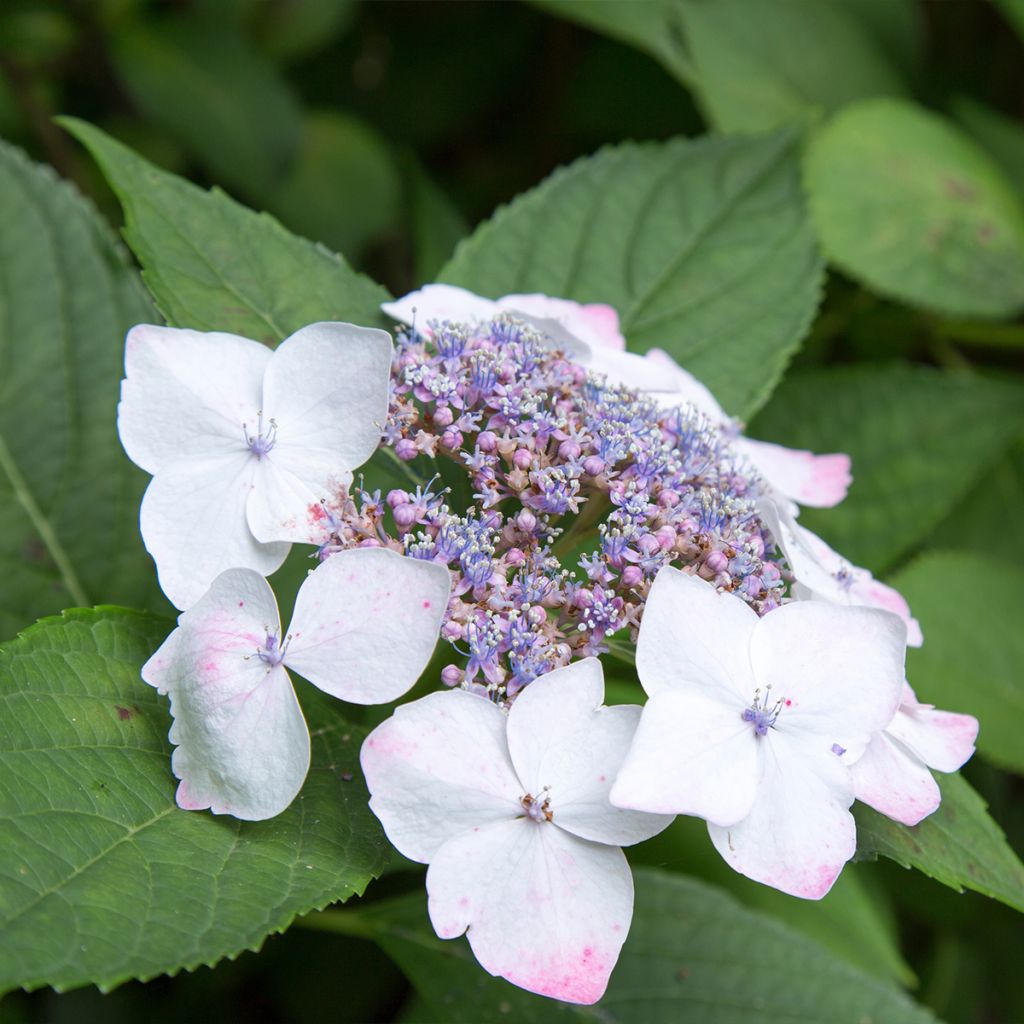

Hydrangea macrophylla White Wave
Hydrangea macrophylla White Wave
Hydrangea macrophylla White Wave
Bigleaf Hydrangea, French Hydrangea
This item cannot be shipped to the selected country
Delivery charge from €6.90
More information
Delivery charge from €6.90
More information
Schedule delivery date,
and select date in basket
This plant carries a 24 months recovery warranty
More information
We guarantee the quality of our plants for a full growing cycle, and will replace at our expense any plant that fails to recover under normal climatic and planting conditions.
From €7.90 for pickup delivery and €6.90 for home delivery
Express home delivery from €8.90.
Does this plant fit my garden?
Set up your Plantfit profile →
Description
The Hydrangea macrophylla 'White Wave' is a captivating variety of hydrangea known for its splendid two-toned summer blossoms of white heads with a colourful heart. Its flower clusters are relatively flat, featuring sterile blooms around the outer edges and fertile flowers at the centre. The colour of the fertile flowers can shift to rosy in neutral soil or bluish in acidic soil. This medium-sized shrub is both beautiful and easy to care for. It's not deterred by cold weather but thrives in cooler soil with a bit of shade. This hydrangea is a fantastic choice for enhancing the outskirts of groves or underwood areas with its radiant blooms. It also looks stunning when planted alongside other flowering bushes.
The Hydrangea macrophylla is a deciduous shrub that originally hails from Japan. Its exquisite beauty has been celebrated for centuries, even finding mention in poems dating back to the 8th century. In Japan, a nation that holds plants in high regard, festivals are dedicated to the honour of this magnificent shrub. Hydrangeas belong to the Hydrangeaceae family, a name derived from their own. Within the H. macrophylla category, we can differentiate between varieties with round flower heads and flat heads, often called the Teller group in German or lace-cap in English.
The 'White Wave' Hydrangea, also known as the "white wave," is a remarkable variety that produces beautiful flower heads measuring up to 20 cm (7.9 inches) in diameter. These flower heads comprise two flowers: the outer sterile ones are pristine white and widely spaced. In contrast, the inner fertile ones are small and clustered at the centre. Their colour can vary depending on the soil's pH, appearing rosy in neutral or slightly alkaline soil and bluish in acidic soil. These lovely flower heads grace your garden throughout the summer, continuing into early autumn, from July through September and sometimes even into October.
The leaves of this hydrangea are medium to dark green, finely toothed, ovate, and elongated, with a slightly V-shaped appearance and a sharp tip. Typically, this shrub reaches about 1.50 metres (4 feet 11 inches) in all directions, but under favourable conditions, it can grow slightly larger, reaching up to 2 metres (6 feet 7 inches). Although it's not exclusive to heathland soil, this shrub prefers neutral to acidic soils enriched with organic matter. It's quite hardy, capable of enduring temperatures as low as -20°C or even lower. However, severe frosts may damage the tips of the branches, but they can easily recover after spring pruning. This hydrangea is easy to cultivate and can live for a very long time.
The Hydrangea White Wave, a star variety of the 90s, is a generous plant which will make a great impression in the garden as a standalone plant or when paired with other flowering bushes that like non-limestone soils. Choose plants with staggered flowering throughout the year to frame this Hydrangea, such as the superb Camellias of spring and autumn and their fantastic range of colours. Or, on the contrary, exploit its long summer flowering to create a focal point by mixing it with plants such as the very pretty Ceanothe Gloire de Versailles. Its fluffy flowers of a tender blue have the same romantic charm as those of this Hydrangea 'White Wave'.
Hydrangea macrophylla White Wave in pictures
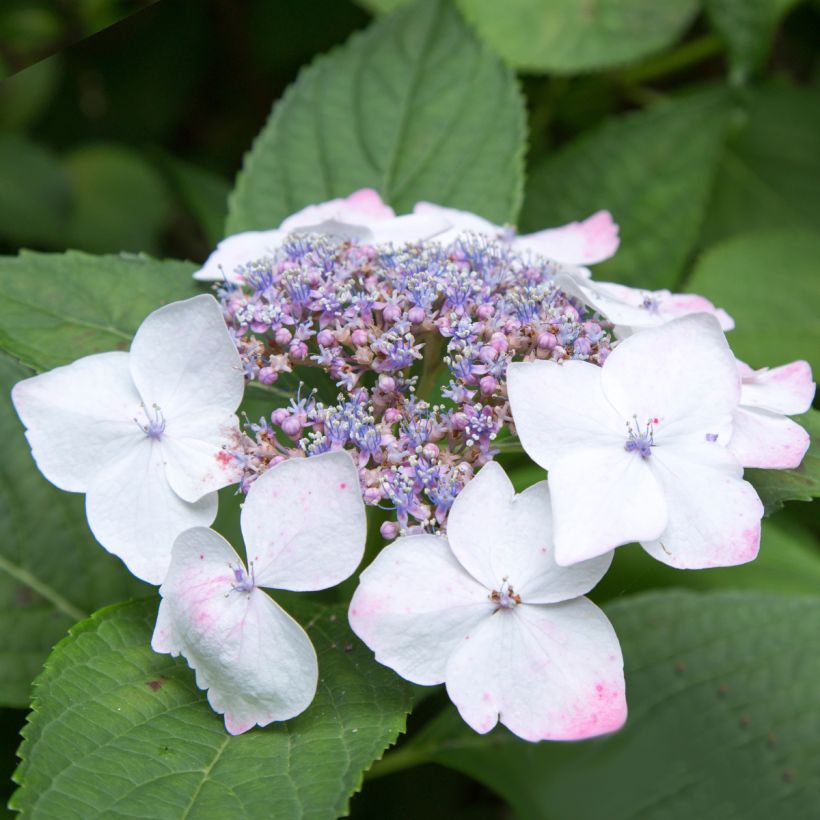

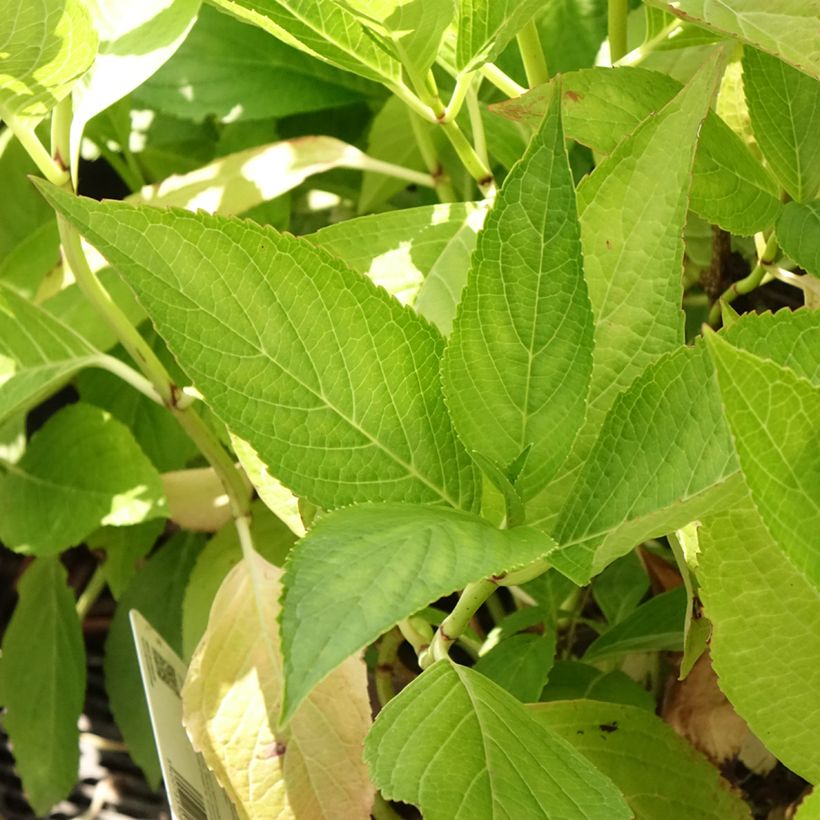

Plant habit
Flowering
Foliage
Botanical data
Hydrangea
macrophylla
White Wave
Hydrangeaceae
Bigleaf Hydrangea, French Hydrangea
Cultivar or hybrid
Other Hydrangea Macrophylla
View all →Planting and care
To plant the hydrangea macrophylla 'White Wave,' you'll want to do it in either spring or early autumn. If you live in a temperate region, find a spot with morning sunlight, and if you're in a warmer, sunnier area, choose a slightly shaded location. In very cold regions, consider protecting the plant's base with a thick layer of mulch. While it doesn't require specific heathland soil, this hydrangea prefers soil that's deep, fresh, well-drained, and reasonably fertile. If your soil isn't the best, enrich it with a quality base fertiliser before planting and mix in some compost. If you're planting it near a wall and the soil is dry, make sure to position the root ball at least 30-40 cm away from the base of the wall and mix in plenty of well-rotted compost to help the soil retain moisture. After planting, keep an eye out for slugs, as they tend to be quite fond of young leaves. 'White Wave' is known for being very hardy, so it's not afraid of colder regions. During warmer weather, be sure to water it regularly to prevent the foliage from wilting during dry spells.
Planting period
Intended location
Care
Planting & care advice
This item has not been reviewed yet - be the first to leave a review about it.
Haven't found what you were looking for?
Hardiness is the lowest winter temperature a plant can endure without suffering serious damage or even dying. However, hardiness is affected by location (a sheltered area, such as a patio), protection (winter cover) and soil type (hardiness is improved by well-drained soil).

Photo Sharing Terms & Conditions
In order to encourage gardeners to interact and share their experiences, Promesse de fleurs offers various media enabling content to be uploaded onto its Site - in particular via the ‘Photo sharing’ module.
The User agrees to refrain from:
- Posting any content that is illegal, prejudicial, insulting, racist, inciteful to hatred, revisionist, contrary to public decency, that infringes on privacy or on the privacy rights of third parties, in particular the publicity rights of persons and goods, intellectual property rights, or the right to privacy.
- Submitting content on behalf of a third party;
- Impersonate the identity of a third party and/or publish any personal information about a third party;
In general, the User undertakes to refrain from any unethical behaviour.
All Content (in particular text, comments, files, images, photos, videos, creative works, etc.), which may be subject to property or intellectual property rights, image or other private rights, shall remain the property of the User, subject to the limited rights granted by the terms of the licence granted by Promesse de fleurs as stated below. Users are at liberty to publish or not to publish such Content on the Site, notably via the ‘Photo Sharing’ facility, and accept that this Content shall be made public and freely accessible, notably on the Internet.
Users further acknowledge, undertake to have ,and guarantee that they hold all necessary rights and permissions to publish such material on the Site, in particular with regard to the legislation in force pertaining to any privacy, property, intellectual property, image, or contractual rights, or rights of any other nature. By publishing such Content on the Site, Users acknowledge accepting full liability as publishers of the Content within the meaning of the law, and grant Promesse de fleurs, free of charge, an inclusive, worldwide licence for the said Content for the entire duration of its publication, including all reproduction, representation, up/downloading, displaying, performing, transmission, and storage rights.
Users also grant permission for their name to be linked to the Content and accept that this link may not always be made available.
By engaging in posting material, Users consent to their Content becoming automatically accessible on the Internet, in particular on other sites and/or blogs and/or web pages of the Promesse de fleurs site, including in particular social pages and the Promesse de fleurs catalogue.
Users may secure the removal of entrusted content free of charge by issuing a simple request via our contact form.

































